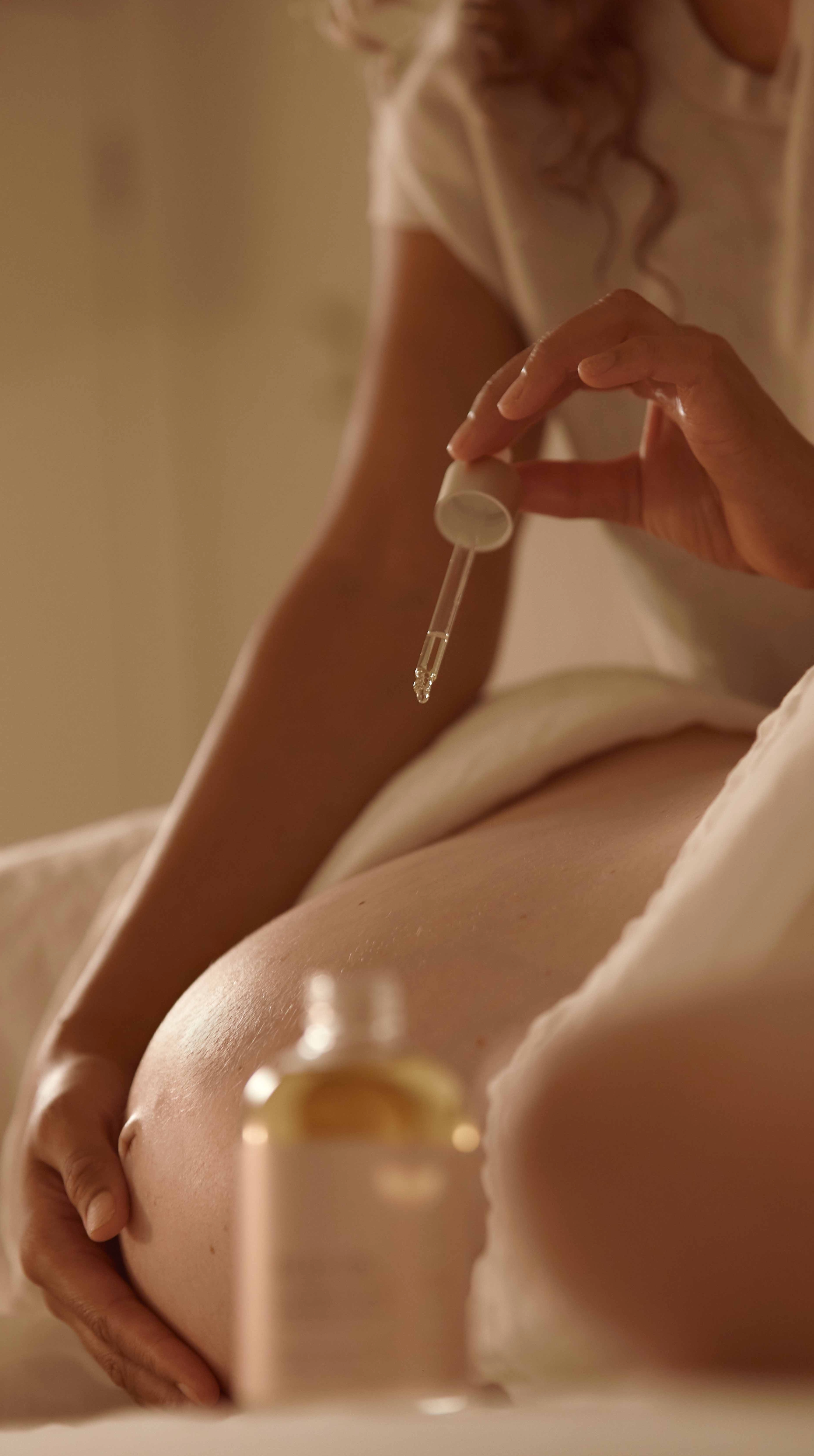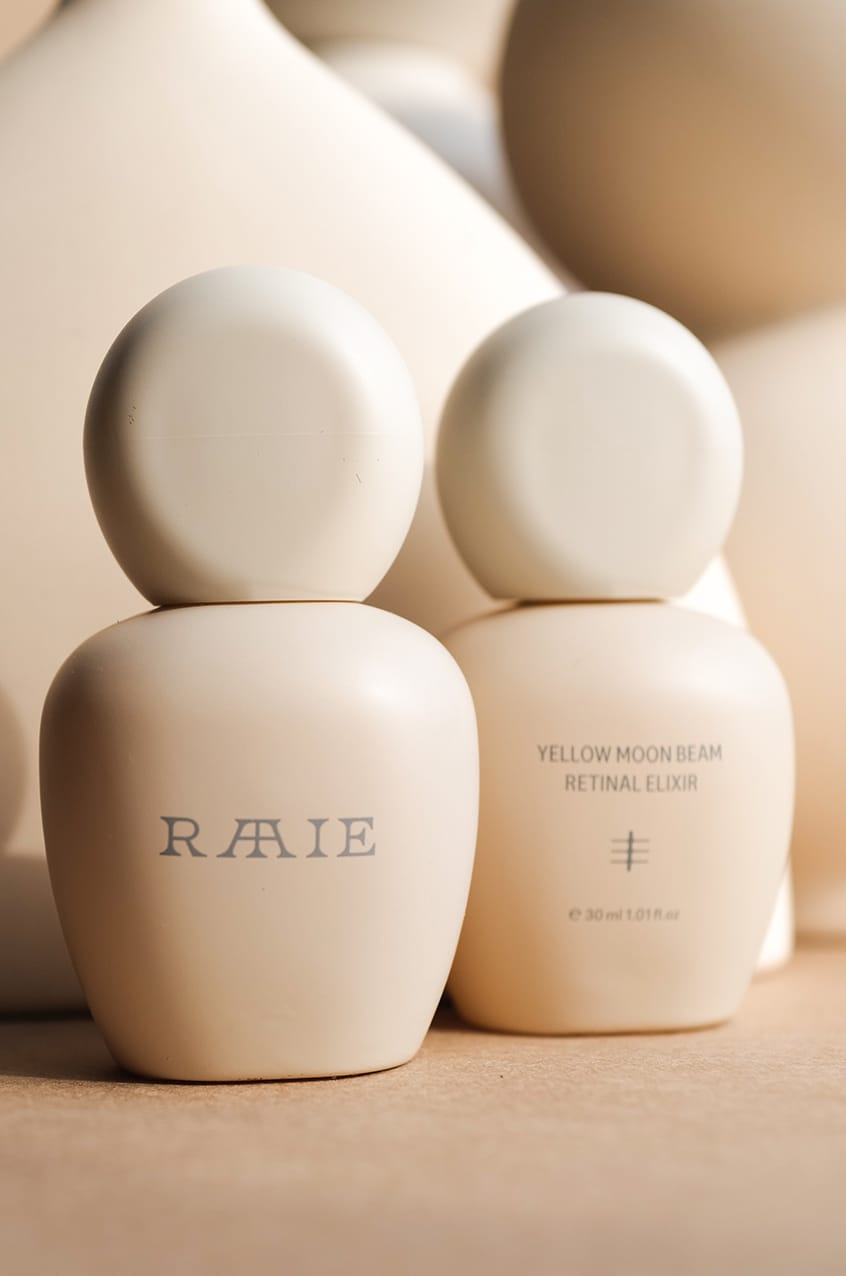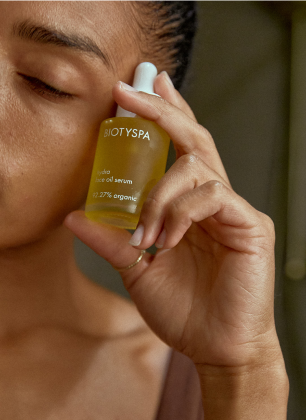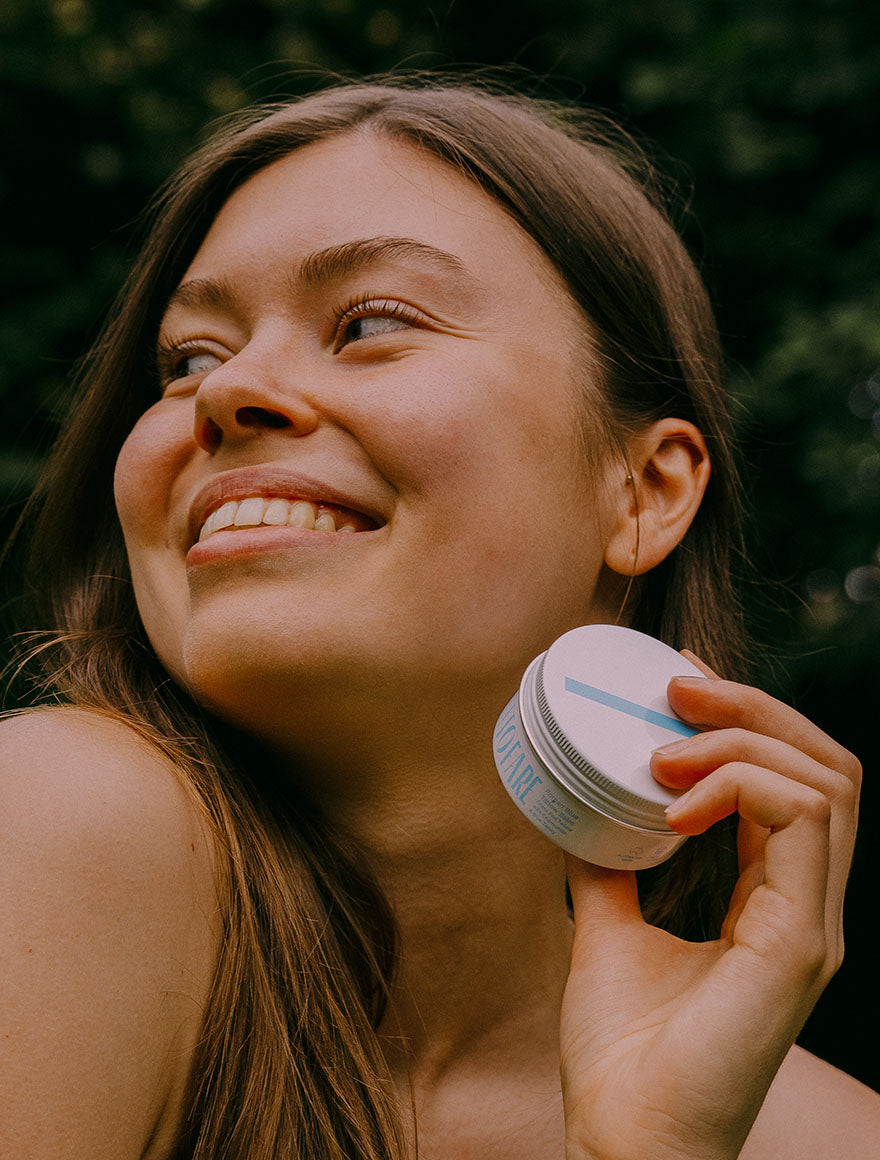Although ice baths have gained popularity in recent years, cold water hydrotherapy, also known as cryotherapy, has been used as a healing modality for centuries.

6 Benefits Of Ice Bathing
The ancient Greeks used cold water therapy for its therapeutic benefits and as a way to socialise and relax. And, Hippocrates, the father of medicine himself, regularly prescribed cold water to his patients for pain relief. He even made the claim that “the water can cure anything”!
Using cold water therapy as a natural anti-inflammatory and analgesic after injuries or intense workouts is a well known benefit. There is however a growing body of evidence suggesting that the benefits of cold exposure go even further, including improving our mental health and stimulating the immune system.
Explore 6 ways ice baths can benefit your health
Immersing your body into cold water constricts the blood vessels near the surface of the body, redirecting circulation towards the internal organs. As blood flows away from skeletal muscles and joints, swelling is drawn away. This can be helpful when someone has an injury, as not only does it reduce inflammation but can also alleviate pain. Ice baths may also provide relief for people with chronic inflammatory conditions impacting their muscles and joints, including arthritis, rheumatoid arthritis and fibromyalgia.
Working out leads to micro-tears in muscle fibres which results in inflammation, triggering an increase in muscle mass. One of the side-effects of an intense workout is DOMS (delayed onset muscle soreness) which is the muscle soreness and stiffness that occur after a workout. Ice baths are fast becoming an “active recovery” practice used by athletes and people that work out regularly. Exposure to cold water lowers inflammation, reducing DOMS and helping to speed up muscle recovery after a workout. There is also evidence that the constriction of blood vessels with cold exposure draws lactic acid away from muscles after a workout, and dilation of blood vessels after leaving the ice bath brings oxygen and nutrient-rich blood to the site, helping to repair any damage.
Studies have identified that brief periods of cold exposure daily result in an increase in the number and activity of immune cells involved in innate and adaptive immunity, including natural killer cells and T-lymphocytes.Natural killer cells provide protection against viruses and tumour cells. Cold exposure has also been shown to increase the production of anti-inflammatory cytokines (proteins) and reduce the production of inflammatory cytokines following an infection, which means less inflammation overall.

4. Supports our mental health
Many people who ice bath regularly do so for the mental health benefits. And there is actual scientific evidence to back the calmer, more uplifted feeling you get from immersing your body into cold water!
Firstly, cold exposure triggers the release of endorphins, which are hormones that induce a sense of happiness, optimism and wellbeing. Cold water immersion has also been shown to increase dopamine levels in the brain, your “feel good” neurotransmitter that helps to regulate mood, enhance attention and focus.
The vagus nerve becomes activated on cold exposure. This nerve is responsible for engaging the parasympathetic nervous system and inducing a sense of calm, helping to alleviate stress and anxiety.
Lastly, exposure to extreme cold is a form of hormetic stress that helps to build your resilience to stress and may even increase your lifespan.
When we are exposed to cold temperatures, the shivering response is activated. Our muscles contract involuntarily in order to raise our core temperature, which ultimately increases our metabolic rate. Regular cold exposure also boosts the production of brown adipose tissue (BAT), which has the primary role of generating more heat for the body. BAT burns glucose and free fatty acids in the blood as fuel to generate heat, which results in an increase in metabolic rate. An increase in BAT also improves our metabolic health by increasing insulin sensitivity.
Similar to blood vessels that constrict on exposure to cold, our lymphatic vessels also constrict in response to the cold. When we leave the ice bath and the body starts to warm up again, these lymphatic vessels open up. The pump-like action created in our lymphatic vessels as we go in and out of the ice bath or alternate between the ice bath and hot shower or sauna can help the flow of lymphatic fluid and lymphatic drainage, to aid the removal of toxins.






